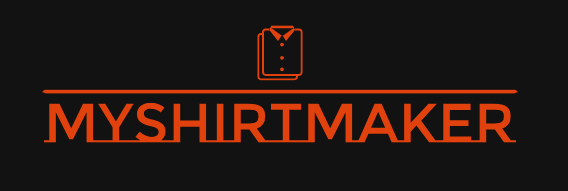Efficient IT Solutions Time and Money Saved

Streamlining Workflows: Automating Repetitive Tasks
In today’s fast-paced business environment, efficiency is paramount. One significant area where businesses can save substantial time and money is by automating repetitive IT tasks. Think about things like software patching, data backups, and user account management. These tasks often consume countless hours of valuable employee time, time that could be spent on more strategic initiatives. Implementing automated solutions, such as Robotic Process Automation (RPA) or cloud-based management tools, drastically reduces manual effort, minimizes human error, and frees up IT staff to focus on more complex problems and projects. The cost savings are immediate and long-term, encompassing not only salaries but also the reduced risk of errors leading to costly downtime or data breaches.
Centralized Management: Simplifying IT Infrastructure
Managing a sprawling, decentralized IT infrastructure is a nightmare. Scattered systems, incompatible software, and a lack of visibility into overall performance lead to inefficiencies, security vulnerabilities, and increased costs. By consolidating systems and adopting a centralized management approach, businesses can streamline their IT operations. This often involves migrating to cloud-based solutions, which offer centralized control, automated scaling, and improved security. The benefits extend beyond simply reducing management overhead; a streamlined infrastructure is also easier to maintain, update, and troubleshoot, saving both time and money in the long run. The improved security also translates to reduced risk of data breaches and associated costs.
Data-Driven Decision Making: Utilizing Analytics for Optimization
IT departments often lack the data they need to make informed decisions. Without clear insights into system performance, user behavior, and IT spending, it’s difficult to identify areas for improvement. Implementing IT monitoring and analytics tools provides the data necessary to optimize resource allocation, identify bottlenecks, and predict potential problems. By analyzing this data, businesses can make data-driven decisions that improve efficiency, reduce costs, and enhance overall IT performance. For instance, spotting trends in help desk tickets can highlight recurring issues requiring process changes or software updates, significantly minimizing support time and expenditure.
Cloud Computing: Scalability and Cost Optimization
Cloud computing offers unparalleled scalability and flexibility for businesses of all sizes. Unlike traditional on-premises solutions, cloud-based services can easily scale up or down to meet changing demands, eliminating the need for significant upfront investments in hardware and infrastructure. This pay-as-you-go model dramatically reduces capital expenditure and allows businesses to only pay for the resources they actually consume. Furthermore, cloud providers often handle maintenance and security updates, freeing up internal IT staff and further reducing operational costs. The inherent scalability also means businesses can adapt quickly to growth or seasonal fluctuations without major IT overhauls.
Proactive Maintenance: Preventing Costly Downtime
Reactive maintenance – fixing problems only when they occur – is a costly and inefficient approach. By adopting a proactive maintenance strategy, businesses can prevent many issues before they arise. This might involve implementing regular system backups, conducting routine security audits, and monitoring system performance closely. While proactive maintenance requires upfront investment in time and resources, the long-term cost savings from preventing downtime and data loss far outweigh the initial investment. Proactive strategies minimize disruption to business operations, preventing losses associated with lost productivity and customer dissatisfaction.
Strategic IT Partnerships: Leveraging External Expertise
Businesses don’t always need to handle all aspects of their IT operations in-house. Partnering with experienced IT service providers can provide access to specialized skills and resources that might not be available internally. This can be particularly beneficial for smaller businesses lacking the resources to build a large, highly skilled IT team. Outsourcing specific tasks or functions to a trusted partner can significantly reduce costs while ensuring that critical IT needs are met effectively. This allows the internal team to focus on their core competencies, thus maximizing their value to the organization.
Improved Cybersecurity: Minimizing Risk and Costs
Cybersecurity breaches can be incredibly costly, both in terms of financial losses and reputational damage. Investing in robust cybersecurity solutions is not just a matter of compliance; it’s a crucial element of efficient IT management. Implementing firewalls, intrusion detection systems, and employee security training can significantly reduce the risk of breaches and mitigate their potential impact. The cost of implementing these measures is far less than the cost of recovering from a major security incident. Regular security audits and penetration testing further help identify vulnerabilities and strengthen overall security posture, ensuring ongoing protection against ever-evolving cyber threats. Read more about IT management consultants.








